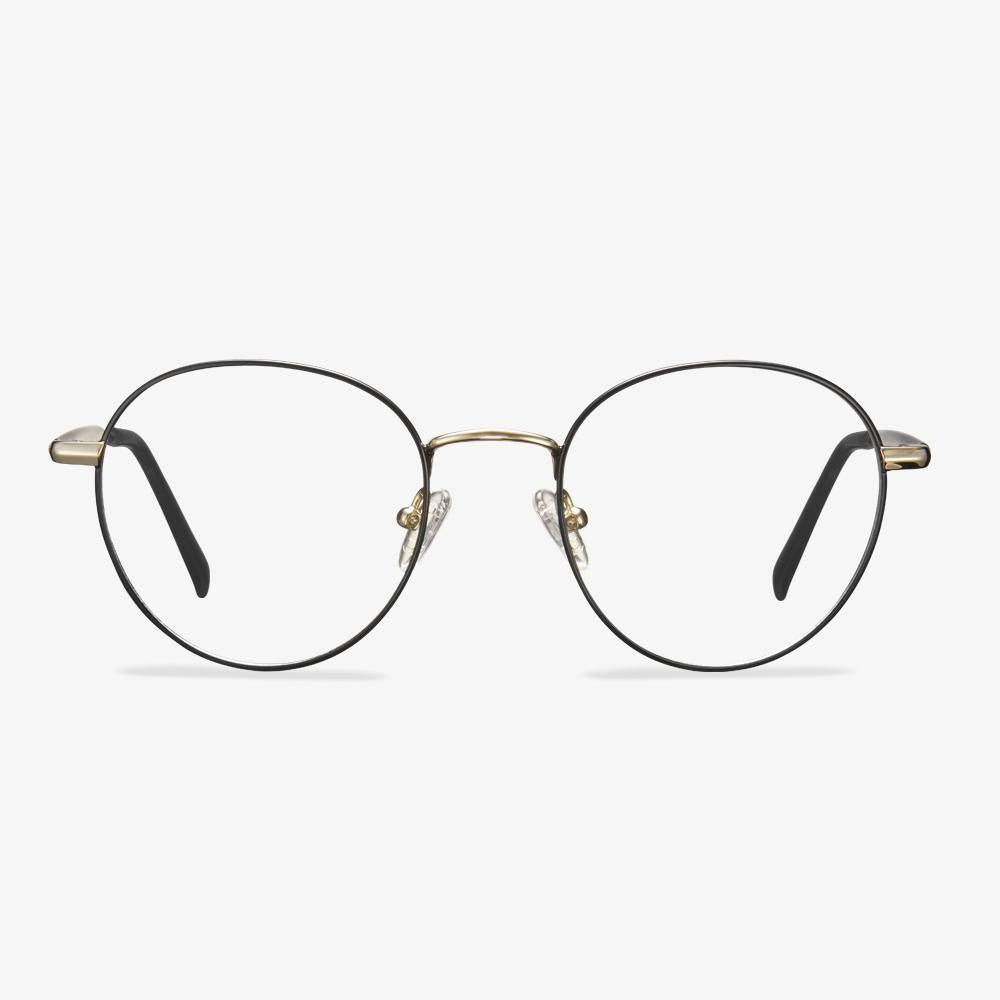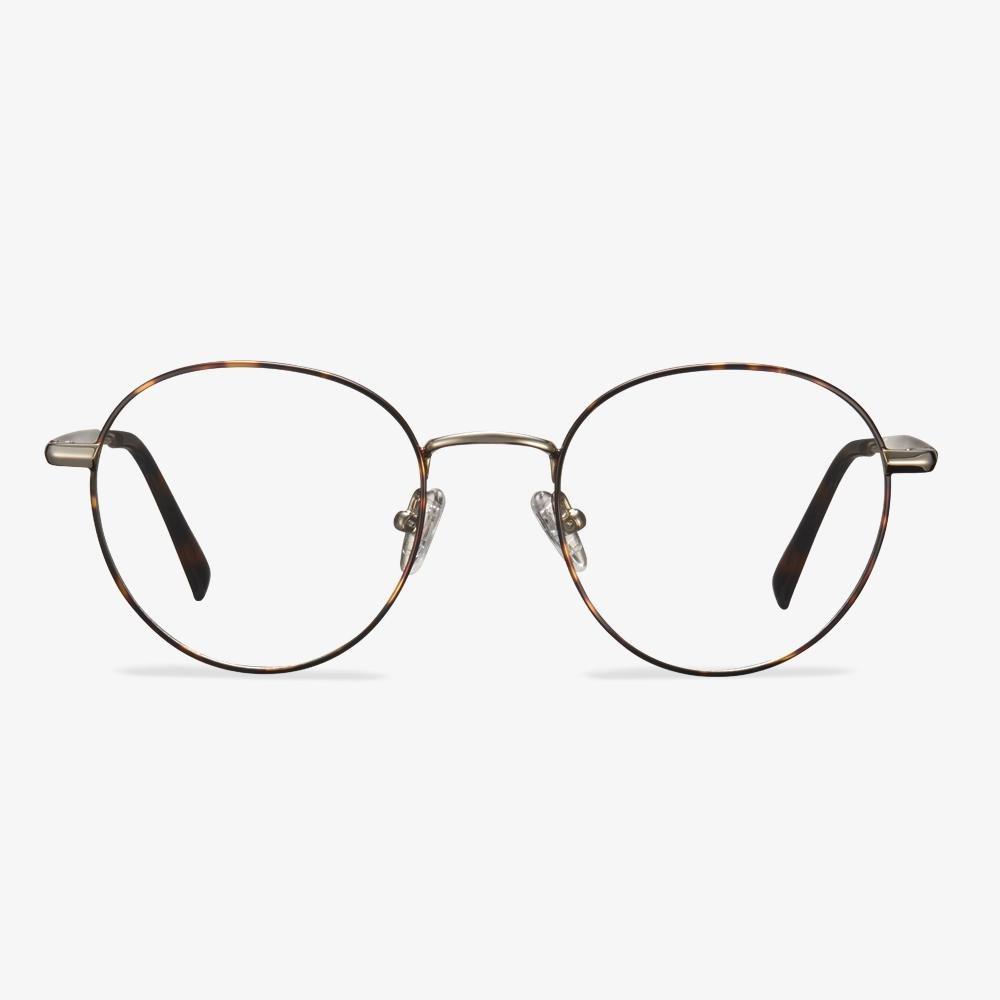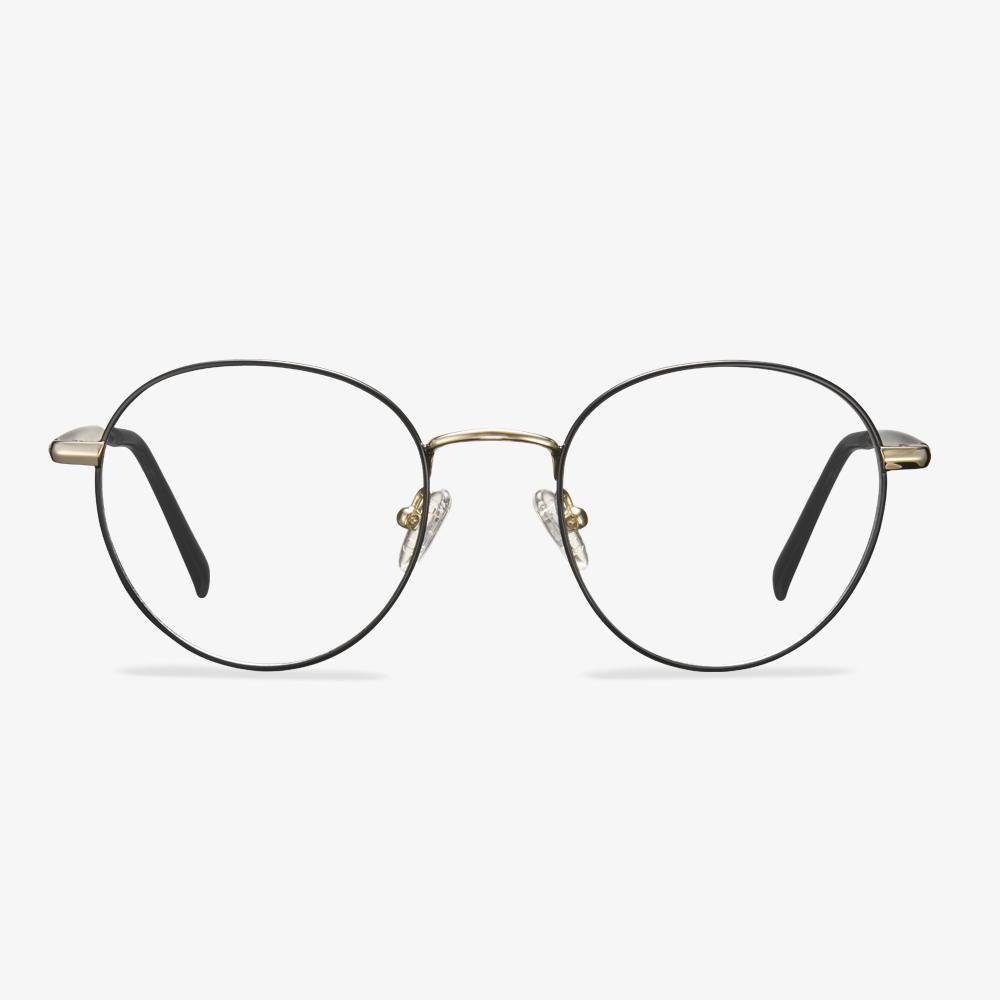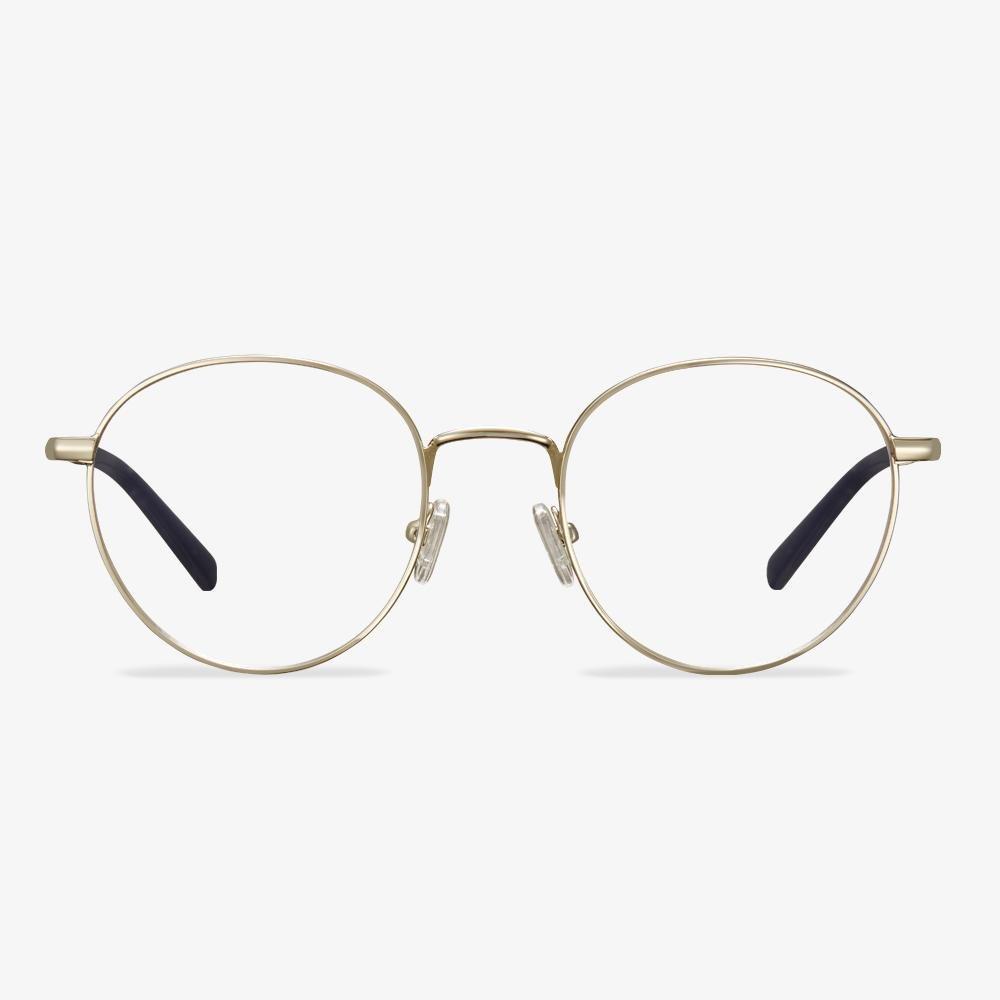What Is a Prism in Glasses?
Prism is triangular and made of plastic or glasses for the purpose of dispersing light into a spectrum or changing the direction in which light is reflected.
Prism lenses are special lenses that are prescribed by eye doctors and infused into regular lens prescriptions. The prism glasses do not include contain any focusing power, and therefore cannot any refractive errors. So, one of the most common uses for prism glasses is to correct diplopia or double vision. Double vision means someone sees two separate images of a single object. The prism glasses help to align the two images and correct the problem. The prism glasses can be used to improve binocular vision and reduce double vision, headaches, reading difficulties, and so on.
Why are eyeglass frames are so expensive?
Good frames and bad frames are very different just in how they feel. The bigger the brand company, the more money it invests in the design, research and development, production equipment, and equipment of the lens frame every year, so as to improve the wearing comfort and improve the combination and precision of the lens. Even if for the general assembly line, the processing process is also very complicated. The most expensive things to make by hand are labor and time.
Titanium Rimless Glasses 138811
These elegant rimless glasses almost won't detract from your personal style. There are thin, flexible titanium temple arms. This frame has a shiny finish and is available in silver and white temple tips, purple and light blue temple tips, and pink temple tips.
What Is Polycarbonate Lens?
Polycarbonate was developed in the 1970s for aerospace applications and is currently used for the helmet visors of astronauts and for space shuttle windscreens. Polycarbonate lenses were introduced in the early 1980s in response to a demand for lightweight, impact-resistance lenses. Since then, polycarbonate has become standard for safety glasses, sports goggles, and children’s eyewear.
Polycarbonate glasses are thinner and lighter than regular plastic lenses. They provide 100% UV protection and are up to 10 times more impact-resistance than plastic or glasses lenses. Polycarbonate glasses also offer clearer and more comfortable vision if an anti-reflective coating is applied to the lenses, which can eliminate distracting lens reflections that interfere with vision, particularly when driving at night or in other low-light conditions when glare sources are present.
However, polycarbonate lens is a naturally soft material, making it more subject to scratching without adequate protection with a scratching-resistant coating. Polycarbonate glasses have high dispersion due to its low Abbe value of 30, causing chromatic aberrations.
Disadvantages of Progressive Lenses
It takes time to adapt to the lenses. It can generate poor visual resolution (blur). There is also a geometric distortion of the field of view. Some of the problems with advanced progressive lenses occur when walking up and downstairs. Because the reading correction is at the bottom, the staircase may look like a rebound. However, this is all done to accommodate your progressive lenses, and within about two weeks the shortcomings should disappear. It takes some time to get used to progressive lenses. Changes in vision occur at the rim of the lens, leading to slight changes in peripheral vision. For some people, change is a little difficult. Because the first wear of progressive lenses may occur slight dizziness, shaky walking. One should be careful when they exercise or go Up and down the stairs. Because the sense of space changes, the distance judgment of the object, the sense of depth changes, people who first wear should not immediately drive or do strenuous exercise. When looking closely, the eyes need to turn down, they have mild discomfort in the eyes. The object becomes blurry when they look at it through a blurred area around the lens. Therefore, new wearers turn their heads more and turn their eyes less when they see things and try to use the far, near, and middle distance areas to see the object.
How about buying glasses online?
The benefits of online glasses matching for merchants are that there is no need to rent a physical store, no need to decorate the store, and no need to keep a lot of inventory, so a lot of expenses can be controlled. And now there are many online shop glasses businesses, and the price is more transparent. For the price, online glasses are very advantageous. In order to match comfortable glasses, you need to have a certain understanding of their own appropriate glasses.
3 Common Problems with Progressive Lenses
Though progressive lenses are popular to correct some eye conditions, there are also some drawbacks. So, in the following section, we will show you some common problems with progressive lenses.
Dizziness: the three different focal lengths of progressive lenses can make people susceptible to dizziness, as well as vertigo. From long to medium to short distance, the lenses offer a gradient of increasing strength. So, it would have trouble in adapting the glasses for the people who are wearing them for the first time. A common mistake is to look out of the wrong focal length, causing their vision to be blurry and lead to an overall feeling of dizziness.
Peripheral distortion: another common problem of progressive lenses is the way in which they blur peripheral vision. Most glasses cause an initial distortion to vision. However, the three different segments found in these lenses can make that distortion feel more prominent than other pairs of eyeglasses. And most people may need two weeks to adjust to progressive lenses.
Depth perception: Since progressive lenses provide three different prescriptions to see objects clearly for different distances, it is important that you need to move your head instead of your eyes when focusing on objects at different distances. Prior to adjusting to this little nuance, progressive lenses can cause depth perception to feel off.
From the above information, you have known some common problems with progressive lenses. So, you may ask how to adjust the progressive lenses. The most popular way is that you need to wear them frequently.


















































